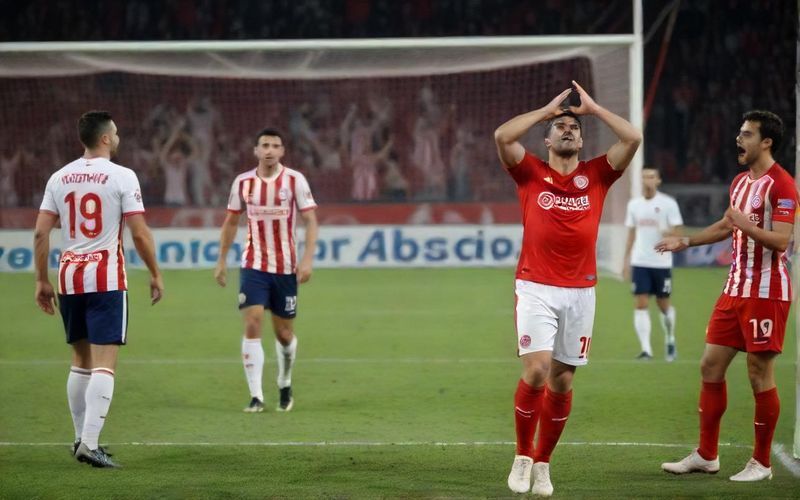Yankees' Grisham Decision Looms With Bellinger Chase

Trent Grisham is one such player. After a 2024 season that saw him emerge from the shadows to become a surprisingly potent offensive force, he’s now staring down a significant career crossroads. The Yankees extended him a qualifying offer, a substantial one-year deal worth over $22 million. It’s a testament to his breakout performance, a dramatic departure from his previous years where he hovered below league average offensively. This wasn't just a lucky streak; the data suggests a fundamental shift. His career-best metrics in barrel percentage and exit velocity, coupled with a more aggressive approach to pulling the ball in the air, point to a player who has genuinely unlocked a new level of power. Even his underlying expected stats paint a picture of a player who was perhaps even better than his batting average showed.
Yet, as Grisham contemplates his future, a shadow looms. His once-legendary speed has visibly diminished, impacting his defensive capabilities in center field. This decline, while concerning for his long-term defensive ceiling, doesn't negate the offensive explosion he experienced. The question becomes, how much is a team willing to invest in a player whose offensive prime might be shorter than ideal, whose defensive prowess is waning, but who just put up numbers that few expected? It’s a fascinating dilemma for teams, particularly those looking to strike a balance between immediate impact and future stability.
This brings us to the broader landscape of the Yankees' offseason. With Grisham's future uncertain, and the looming possibility of Cody Bellinger departing, the team faces a significant void, especially in center field. Bellinger himself, despite his offensive prowess, hasn't been a defensive standout in center in recent years. The market for quality center fielders is notoriously thin this year, making Grisham’s decision all the more critical for any team considering him. His potential departure, alongside Bellinger, would leave a gaping hole, one that even a promising prospect like Jasson Domínguez might not be ready to fill completely.
The Yankees’ strategy seems to hinge on this delicate balancing act. Re-signing Grisham, perhaps on a shorter-term deal, could provide them with a reliable offensive presence while they navigate other outfield options or wait for prospects to fully develop. It’s a pragmatic approach, a way to maintain a level of offensive firepower and buy time. But it’s clear he’s not the home-run signing they’d ideally pursue if other avenues open up.
Beyond the Bronx, Grisham’s breakout season has sparked interest in several other ballparks. Teams like the Phillies, Reds, and even the Angels, who have a penchant for creative free-agent acquisitions, could see him as a valuable addition. These clubs, facing their own outfield question marks and seeking to bolster their offenses, might be willing to offer the kind of multi-year deal with player options that provides Grisham with security and a chance to prove his 2025 season was just the beginning. It's the classic free-agent gamble: betting on continued performance versus the risk of regression.
Ultimately, the Trent Grisham situation is more than just about one player’s contract. It’s a microcosm of the offseason’s strategic chess match. Teams are weighing statistical surges against declining physical skills, assessing risk versus reward, and trying to build a roster that can contend. As the November deadline approaches, Grisham’s decision will send ripples throughout the market, potentially influencing how clubs like the Yankees approach their quest for offensive production and defensive stability, especially in the wake of conversations surrounding players like Cody Bellinger. What will the market ultimately tell us about the true value of a player who has reinvented himself mid-career, and will his choice ultimately define the success or failure of the teams that sign him?








